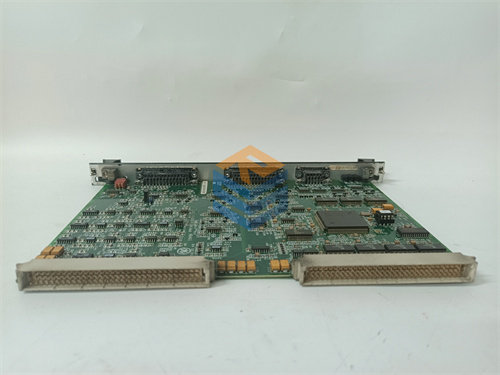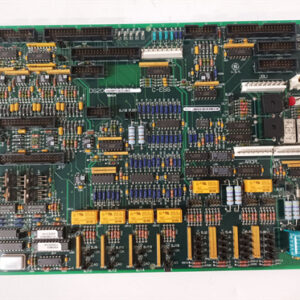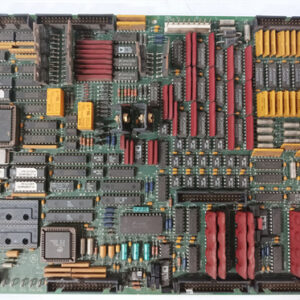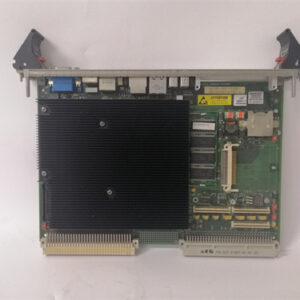الوصف
The GE IS200BPIAG1A is a specific variant of the Balance of Plant (BOP) Input/Output (I/O) module within the GE Mark VI control system used for industrial turbine applications. Here’s an overview of its features, applications, and functions:
Overview of IS200BPIAG1A
- Module Type: BPIAG is part of the Balance of Plant I/O modules within the GE Mark VI system, designed for analog inputs.
- Functionality: The IS200BPIAG1A module primarily handles the acquisition of analog signals from various sensors and transducers throughout the plant. It converts these physical signals (such as temperature, pressure, and flow) into a digital format that can be interpreted by the control system.
Key Features
- Input Types:
- Supports various analog input types, including voltage and current signals.
- Can typically process inputs from devices such as thermocouples, RTDs, and pressure transmitters.
- Output Characteristics:
- The module may provide output signals to control actuators or informative displays, depending on the configuration and the processes in use.
- Communication:
- Interfaces seamlessly with the Mark VI control processor for data transfer, ensuring that real-time operational data are monitored and acted upon.
- Diagnostics:
- Built-in diagnostics features help monitor module health, signal integrity, and operational status, thereby aiding in predictive maintenance strategies.
- Reliability:
- Designed to withstand industrial conditions, ensuring durability and reliable performance in a power plant environment.
Applications
- Balance of Plant Operations:
- The IS200BPIAG1A typically integrates with auxiliary systems to monitor and control processes such as cooling water systems, lubrication systems, and other support functionalities that maintain overall turbine operation efficiency.
- Data Monitoring and Analysis:
- Facilitates data collection for performance analysis, trends, and troubleshooting, thereby enhancing decision-making and operational efficiency.
Maintenance and Troubleshooting
- Standard Procedures: Routine maintenance should include visual inspections, functional tests, and the review of logs for any alarm conditions.
- Diagnosis: Understanding fault codes and warnings generated by the module is crucial for timely maintenance and resolving issues.
- Documentation: Refer to the specific GE manuals and technical documentation for installation, configuration, and troubleshooting guidance.
Conclusion
The GE IS200BPIAG1A is an integral part of the control architecture in modern power plants, focusing on monitoring and managing auxiliary systems. By providing critical data inputs and control capabilities, it ensures efficient plant operation and helps maintain the reliability of turbine systems. Always refer to the official technical documents for detailed operational guidance tailored to your specific application and context.
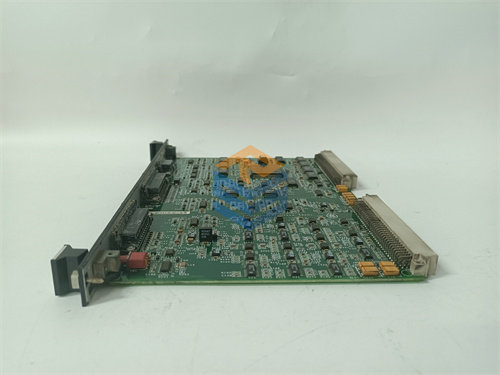


 +86 15340683922
+86 15340683922 +86 15340683922
+86 15340683922